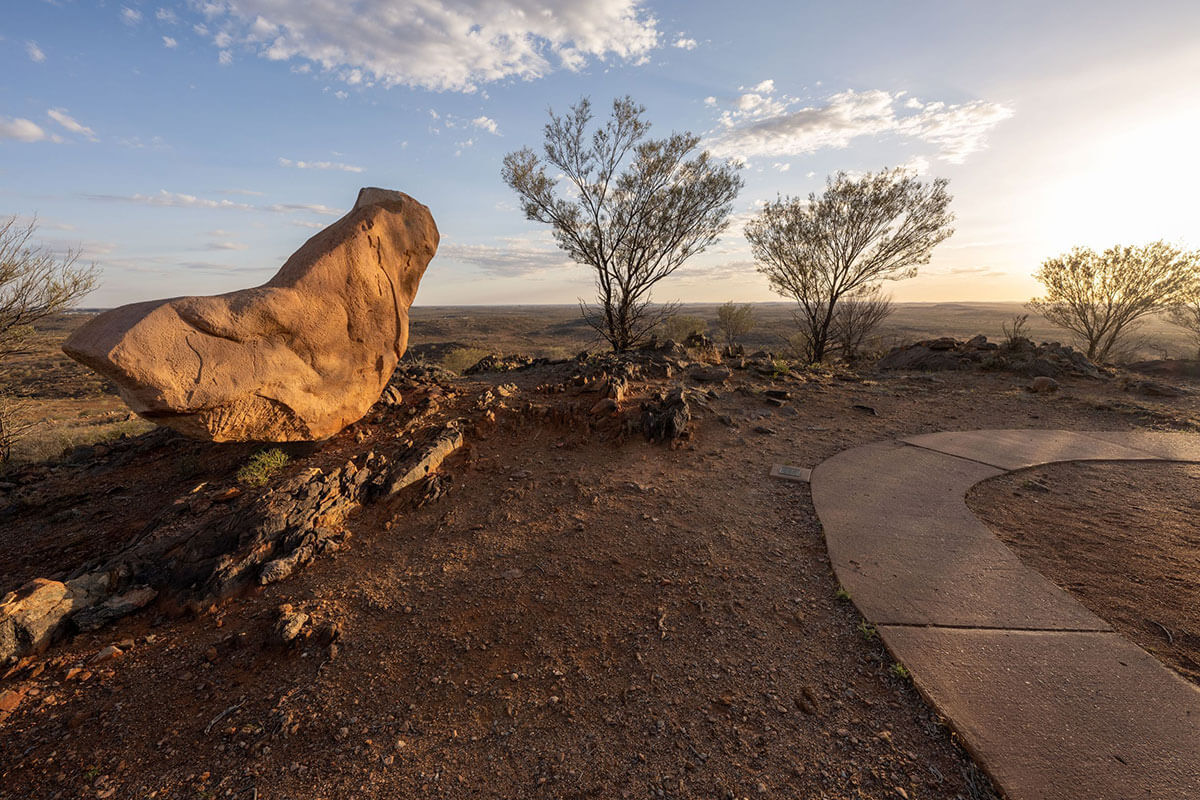The NSW Government and the community work in partnership to manage Crown reserves. Across NSW, a network of community-minded organisations manage more than 7,800 Crown reserves. These organisations include:
- local councils
- volunteer boards, known as statutory land managers
- incorporated associations
- not-for-profit corporations.
The minister responsible for Crown lands, the Department and other NSW Government bodies also have a role in the management of Crown land.
Without dedicated volunteers and community-focused organisations, the NSW Government could not offer so many different ways for the public to use Crown land.
Crown land ownership and management structure
The Crown Land governance structure (PDF, 116 KB) below shows the management structure for Crown reserves and the way stakeholders work together.
- Land owner - NSW Government acting on behalf of the people of NSW
- Responsible to NSW Government - Minister responsible for Crown lands
- Oversight and governance - Department of Planning, Housing and Infrastructure (Minister's delegate)
- Care, control and management - Crown land managers
- Services to the community - Crown reserve
Crown land managers
A Crown land manager is an entity that is responsible for the care, control and management of Crown reserves on behalf of the people of NSW. A Crown land manager could be:
- a local council
- a local Aboriginal land council
- an incorporated association
- a corporation
- a statutory land manager.
The diversity of our managers allows communities to have a direct role in managing Crown reserves and reflects the vast range of services that reserves can offer. Having flexible management options means Crown reserves can be used to best suit local community needs, maximising their economic, social and environmental values.
Crown Land Manager management structure
The Crown Land Management Act 2016 governs Crown Land managers as follows:
| Crown Land Manager (CLM) type | Managed by | Categories | Manages |
|---|---|---|---|
| Non-council CLM | Statutory land manager | Category 1 or Category 2 | Crown Reserve |
| Non-council CLM | Corporation | Category 1 or Category 2 | Crown Reserve |
| Council | Local Government Act 1993 | - | Crown Reserve |
View the Crown Land management structure (PDF, 113 KB) diagram.
Crown land manager categories
Every local council in NSW is an appointed Crown land manager. Together, councils have been appointed to manage more than 6,500 Crown reserves. In many cases, councils also rely on volunteer groups and individuals to help manage these reserves.
Reserves where council is the appointed Crown land manager must be managed in keeping with the Local Government Act 1993. This includes assigning a community land category in line with the reserve purpose, and issuing leases, licences and other estates.
In exceptional circumstances, a reserve may be managed as operational land, if the minister agrees. Native title obligations are the responsibility of council. Visit the Council Crown land managers page for more information and resources.
A Category 1 non-council Crown land manager is a land manager that has shown advanced governance and expertise in Crown land management. Category 1 Crown land managers must meet native title obligations. Category 1 Crown land managers include:
- NSW Crown Holiday Parks Land Manager
- Metropolitan Memorial Parks Land Manager
- All Faiths Catholic Land Manager Limited
- Transport for NSW
- Racing New South Wales.
Most non-council Crown land managers are Category 2.
There are more than:
- 375 incorporated associations and corporations
- 560 statutory land managers
managing Crown reserves for the benefit of our community.
Statutory land managers
A statutory land manager is a legal entity established by the Crown Land Management Act 2016 so that individuals, as members of a board, and administrators, can manage Crown reserves.
Community members that want to get involved in the management of Crown reserves would generally join the board of an existing statutory land manager.
The board of a statutory land manager acts like a company board of directors. The board can include community volunteers, local government councillors or other people appointed by the minister.
Members of the community who are appointed to these boards play a valuable role in managing Crown reserves for their local communities.
Shared management of Crown land
Some reserves may have more than one Crown land manager. Crown land managers may have different responsibilities based on the area of the reserve or functions (for example, finance or operations) they are appointed to manage.
The minister may also tenure parts of a reserve managed by a Crown land manager to allow for complementary but different land uses or land users.
For example, the Department directly administers all communication tower sites on Crown land to ensure they meet IPART (Independent Pricing and Regulatory Tribunal) recommendations. Many of these tower sites are on reserves where a Crown land manager is appointed. In these cases, the Crown land manager continues to manage the area not occupied by the tower site. The owner of the tower site then controls the site directly through a licence agreement with the minister. A Crown land management rule sets up this occupation arrangement and the rules that apply to all Crown land managers.
The role of the Department
As a delegate of the minister, the Department has a direct role in managing Crown reserves. This includes:
- appointing and managing Crown land managers
- ensuring Crown land managers understand their role and obligations
- giving Crown land managers support, guidance and advisory services
This includes delegated consent to authorise a range of activities
- ongoing monitoring and compliance
- managing Crown lands that don’t have an appointed Crown land manager
- carrying out the State Strategic Plan for Crown Land, Crown Land 2031.
